
Product Roundup It's fairly well accepted that events and things from our past help to make us the twisted, misanthropic people we are today. Or perhaps that's just Team Register. It being the season of festive excess, we wondered if there were perhaps some geeky gifts that, as a kid, helped you explore science, tech, and similar areas, and turned you into the dashing, sophisticated reader of IT news that you are today.
We've taken a rummage through the attic of yesteryear's discarded gifts, and come up with some of the cool things that helped kickstart our interest in science and technology. Some of them, you'll be delighted to know, are still in the shops too. Were you ever lucky enough to receive one of these? Or was there something else that whetted your appetite?

Just in time for the summer of love, Polaroid's Swinger landed in 1965 , and helped bring instant photography to the masses. With a US price tag of just $19.95, you no longer had to be a Duchess to afford a Polaroid, but a trust fund might be handy if you got through a lot of film.
With a simple meter that said "Yes" when the exposure was set correctly, the Swinger brought Polaroid's 'shoot and peel' instant pictures to a much wider market. With no need to worry about what you were taking pictures of, or wait until the whole film was processed, the Swinger was perfect for the now generation. Sadly, film for it isn't made any more, but if you have a later Polaroid, The Impossible Project probably does make film that will fit it.

Arriving in the UK in the early 70s, at one time Tandy was found in over 250 towns across the UK. With its own-branded kit, it is perhaps best remembered amongst Regreaders for the TRS-80 series of computers. That wasn't all it did, however.
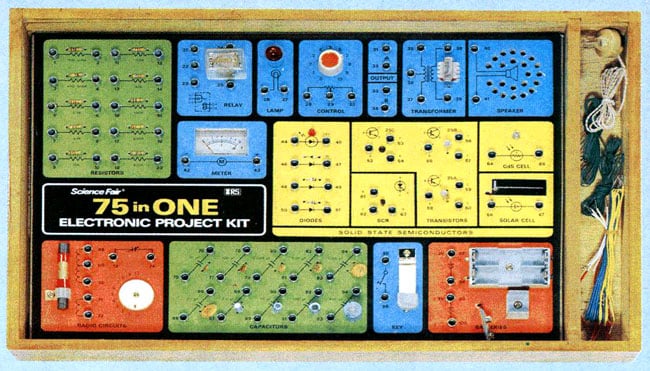
Science Fair kits, like this one, gave many the chance to play with circuits, without having to go anywhere near a Vero board or a soldering iron. With each component having its connections made to a spring, building a project was a matter of following instructions by linking wires between a different combination of springs. There were several sizes of kit, depending on how much you wanted to spend, and how adventurous you were.

Growing up in the 1970s, steam trains were almost mythical creatures. You seldom saw one, but all the grown-ups talked fondly of an era that had only just come to an end. For those enthusiasts, a Mamod steam engine was your chance to experience the glamour of steam, without the soot.

Powered by a spirit burner, the model Traction Engine first appeared in the early 1960s, and you can still buy one today. The 1970s also saw a Mamod/Meccano engine, for the allowing the dedicated builder to steam power their own projects. The company also makes steam rollers, and stationary engines. There's even one with a dynamo, if you fancy being able to recharge your phone with steam.

Lego has come a long way, and it's still a staple of many a toybox. There's some pretty clever robotic stuff now, but there's been electric Lego for a long, long time, starting around the end of the 60s. The 4.5 volt battery box of kit 107 was designed originally to drive the accompanying motor.
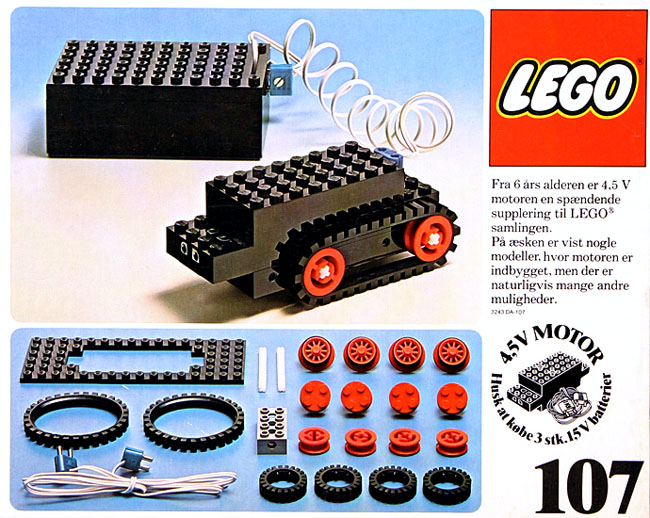
With battery and motor, this set helped take Lego into the electric age
The battery box took three Every-Ready HP-11s – what we call a C size now – and a switch allowed you to choose forward or reverse. Short two pin cables linked the box with the motor, and other sets included trains, a tender to hold the batteries behind the engine, track and signals too. There were also coloured bricks with a clear front that lit up, and signs like "Police" or "Taxi". Stackable cables allowed you to daisy chain a series of pieces so you could make your Lego house light up at night.

Giving kids a pile of chemicals and a meths burner? What could possibly go wrong? Thomas Salter's chemistry sets provided a range of chemicals to play with, including things like Tartaric acid that you could mix with kitchen compounds and try tasting. Or perhaps you had more fun lighting the magnesium ribbon?
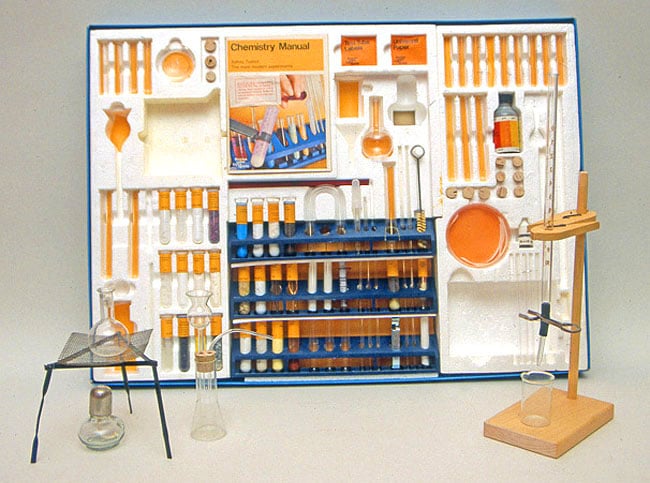
Did they really let us play with all those chemicals?
With a small selection of things such as litmus paper, test tubes, flasks – the flagship Chemistry 7 had a burette – and various chemicals, the sets encouraged some experimentation, but much of the fun I remember from mine was simply making things catch fire. You can still buy chemistry sets today, but few seem to have the serious look of these old sets.

When home computers first arrived, it wasn't at all unusual for them to be in kit form. The ZX80 was far from the first to be available that way – but it was one of the most affordable, at £75.95 as a kit – a saving of 25 per cent over the cost of buying one pre-built.

All you needed to add was a soldering iron - probably an Antex, bought from a Maplin catalogue adorned with a giant spaceship - and you were away. Plug the finished project into the TV and you'd joined the revolution. While the ZX81 and Spectrum were bigger successes, the ZX80 kit surely gave more people an understanding of exactly how the different parts of their computer fitted together.

Lego may be the building system that most people remember from their youth, but it wasn't the only one. I first came across FischerTechnik in a huge display of an oil rig in the Beales department store in Bournemouth.
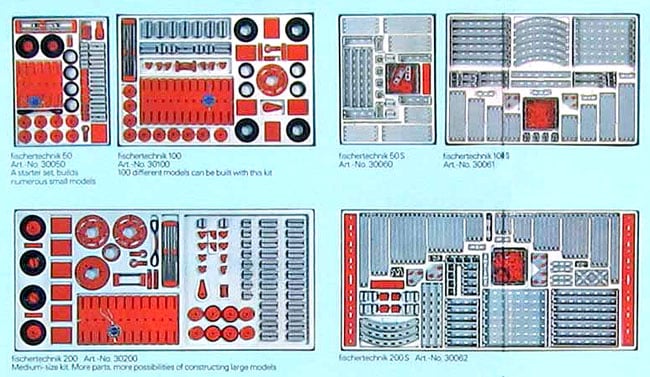
Compared to the Lego of the time, FischerTechnik seemed more flexible, more kinetic - the display in the shop even had a helicopter whizzing up and down. Where Lego had simple bricks and a few wheels, the German alternative offered much more. It was, in a way, almost a cross between Meccano, and Lego. Today's kits even include app-controllable robotics modules.

Brainchild of Frank Hornby, who also created the eponymous trains, and Dinky Toys, the Meccano most Reg readers will probably remember is the blue and yellow, which appeared in the early 1970s. Countless hours of fun tightening screws and bending metal plates could create just about anything, as long as you had enough pieces.
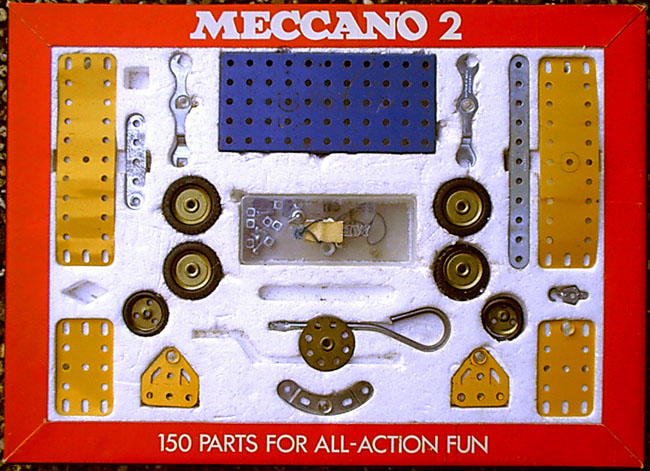
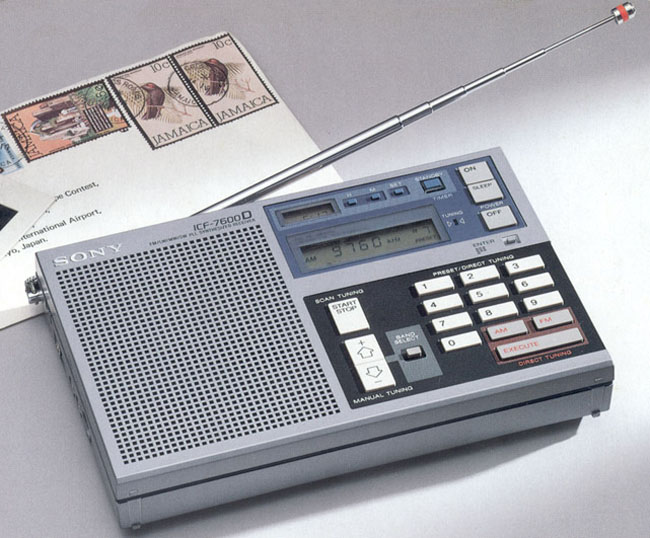
As one of the first sets with digital tuning, the 1983 ICF-7600D allowed you to enter the frequency of the station you wanted to listen to, instead of spending hours finely tweaking a dial to pick up the right short wave station. Popular with travellers and those who just like to listen to the world, versions of the 7600 continued to be made and sold well into the 21st century.
For a bonus point, what could you pick up on 49.26 metres?